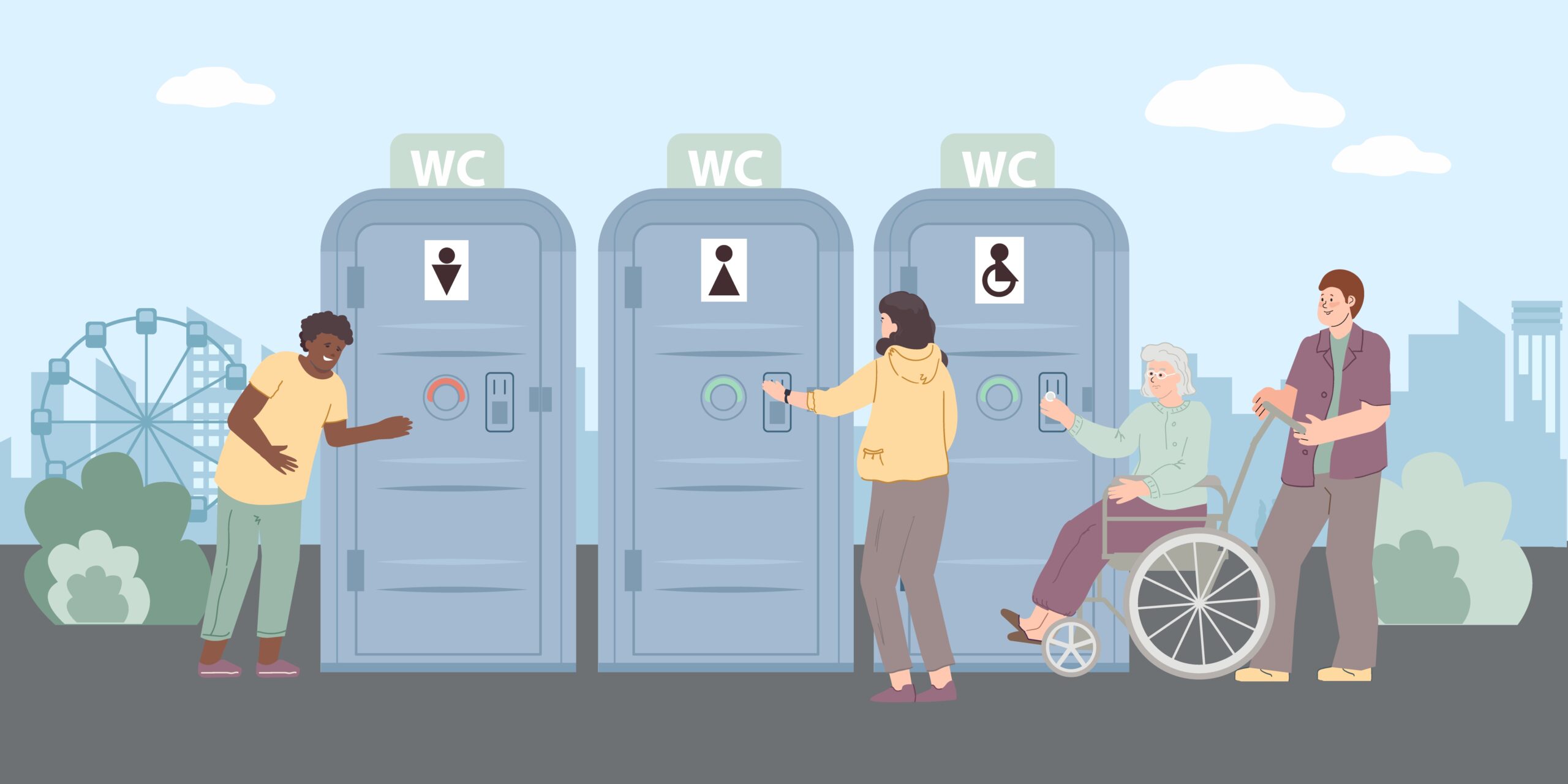In South Africa, the traditional one-size-fits-all model for public sanitation has failed to meet the unique needs of informal settlements. As these communities continue to expand, residents are shifting toward in-house sanitation solutions that provide greater privacy and dignity. Communal toilets often result in overcrowding, poor hygiene, and safety concerns, highlighting the need for innovative, decentralised alternatives.
Sanitation realities: what isn’t working
Residents in informal settlements overwhelmingly view flushing toilets as a basic human right. Yet, the temporary and unplanned nature of these areas makes installing conventional infrastructure nearly impossible. Without formal plumbing systems, communities are left with limited and often unsanitary options: communal toilets, mobile facilities, or, in worst-case scenarios, open defecation.
Why a one-size-fits-all sanitation model falls short
The diversity of informal settlements means that no single solution fits all. Ground conditions, space availability, population density, and access to infrastructure vary widely. In sandy areas, for instance, septic tanks are not viable, while high water tables demand different technologies altogether. In some cases, settlements are so compact that even portable solutions are challenging to deploy.
Beyond infrastructure, the cost of implementing sanitation in informal areas is substantial, factoring in the need for maintenance, equipment, and transport logistics. Accessibility adds another layer; people with disabilities, the elderly, or women and children often face safety risks when using communal toilets. Environmental concerns also arise, especially with the disposal of waste from portable toilets, which can contaminate groundwater sources.
Sanitation and human dignity: facing facts
It’s time to acknowledge the permanence of informal settlements and recognise residents’ right to sanitation. Addressing these challenges requires stepping away from rigid models and embracing community-specific, adaptable sanitation solutions. Community involvement in planning and decision-making can ensure solutions are relevant, accepted, and sustainable.
Private sector innovation
Fortunately, the private sector already offers various in-house sanitation technologies; from containerised waste systems to compact chemical toilets and dry sanitation units. These options restore privacy and improve hygiene, but they must be tailored to suit the specific conditions of each community.
For instance, compact, in-house units may be ideal in high-density areas, while mobile or modular systems could serve communities with more space or different terrain. The success of these systems depends on thorough needs assessments, community input, and ongoing support.
Tackling South Africa’s sanitation crisis requires collaboration between government, NGOs, and the private sector. This includes openness to non-traditional methods and continuous investment in research and innovation. Together, stakeholders can develop scalable, sustainable sanitation models that prioritise dignity, safety, and public health.
By Robert Erasmus, Managing Director at Sanitech
Image by macrovector on Freepik











